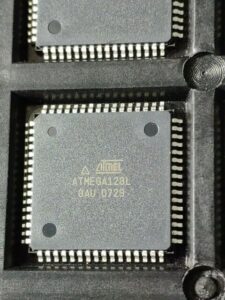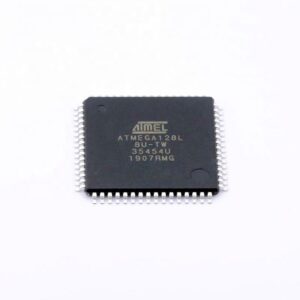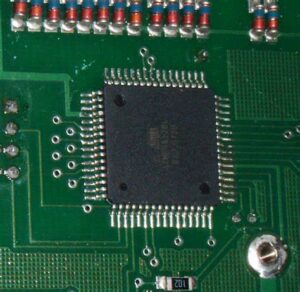Microcontroller Secured ATMEGA128L Flash Code Extraction needs to crack atmega128l mcu chip fuse bit and restore atmega128l microprocessor flash heximal file;

All registers and bit references in this section are written in general form. A lower case “x” repre- sents the numbering letter for the port, and a lower case “n” represents the bit number. However, when using the register or bit defines in a program, the precise form must be used (that is, PORTB3 for bit 3 in Port B to read mcu atmega128l firmware from flash memory, here documented generally as PORTxn). The physical I/O Registers and bit locations are listed in “Register Description for I/O Ports”.

Three I/O memory address locations are allocated for each port, one each for the Data Register
– PORTx, Data Direction Register – DDRx, and the Port Input Pins – PINx. The Port Input Pins I/O location is read only, while the Data Register and the Data Direction Register are read/write. In addition, the Pull-up Disable – PUD bit in SFIOR disables the pull-up function for all pins in all ports when set.

Using the I/O port as General Digital I/O is described in “Ports as General Digital I/O” . Most port pins are multiplexed with alternate functions for the peripheral features on the device. How each alternate function interferes with the port pin is described in “Alternate Port Functions” on page to readout atmega128a microcontroller flash program.
Refer to the individual module sections for a full description of the alternate, Note that enabling the alternate function of some of the port pins does not affect the use of the other pins in the port as general digital I/O.

